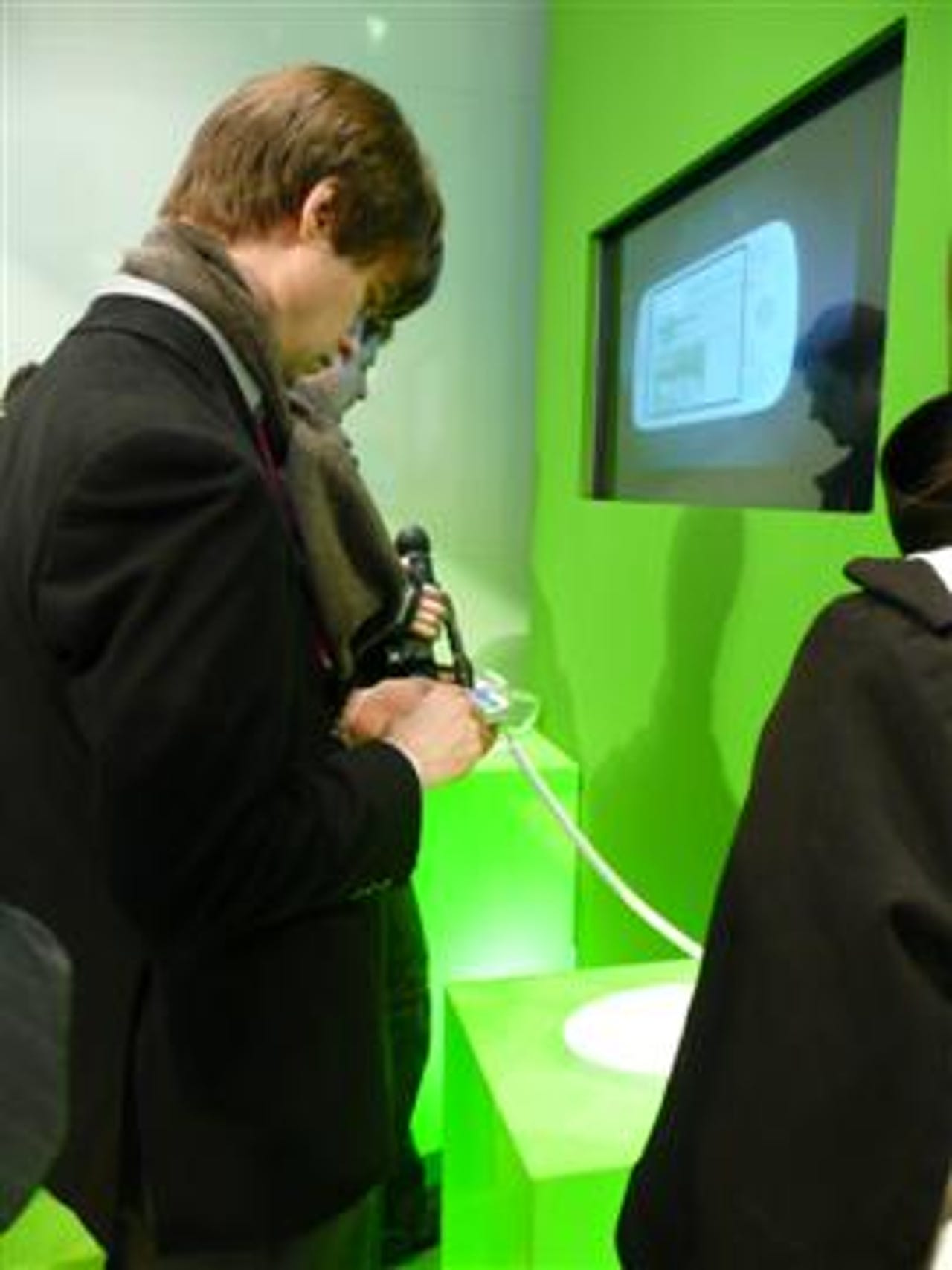Photos: What will be in your pocket this year?


From touchscreens to smartphone, MWC has the answer
This year's Mobile World Congress (MWC) trade show in Barcelona saw plenty of new hardware launches - especially when it comes to smartphones. The handset that created the biggest stir was the HTC Magic (pictured on the screen above) - aka the second Google Android device, which will be exclusive to the Vodafone network.
Photo credit: Natasha Lomas/silicon.com
The Magic looks similar to the first Android device, the G1, but it's slimmer and ditches the slide-out Qwerty keyboard. It is expected to be available in the UK in the next few months.
Image credit: HTC
Taiwanese mobile maker HTC had more hardware up its sleeve too, including the Touch Diamond2, which is a slender 13.7mm thick. It also boasts a larger screen than its predecessor and has 50 per cent better battery life, according to HTC.
The device will be available in "major European markets" in early Q2.
Image credit: HTC
Designed to appeal to business users and heavy emailers, the HTC Touch Pro2 packs a full Qwerty keyboard. The device will be available in early summer.
Image credit: HTC
Nokia, meanwhile, had plenty of mobiles to launch at MWC - including two updates to its Eseries of business devices.
Pictured here is the E75, an update to the Communicator line which the Mighty Finn claimed is "the best email device that Nokia has ever done". It is also the first handset to have Nokia Messaging software on board.
Nokia said the E75 will start shipping next month.
Image credit: Nokia
The E55 was also launched at MWC: it's a compact keyboard reworking of Nokia's popular E71 smartphone. The E55, pictured here being announced at Nokia's press conference, boasts up to a month of standby time and is the world's smallest smartphone, according to the company.
The device will ship in Q2 2009.
Photo credit: Natasha Lomas/silicon.com
Mobile maker Samsung had several new phones to bolster its arsenal in Spain - including the touchscreen Omnia HD (pictured) which offers 1280 x 720 HD video recording. Unlike its predecessor, the Omnia, this device is not Windows Mobile but instead runs Symbian S60.
Image credit: Samsung
The mobile maker also announced a high-end slider phone called the Ultra Touch - pictured above as a maxi-sized model on the Samsung stand. The full touchscreen mobile has a slide out keypad and an eight megapixel camera.
Photo credit: Natasha Lomas/silicon.com
Samsung also announced an 'eco' touchscreen phone called Blue Earth, which is designed to resemble a smooth pebble. The handset sports a solar panel on the back and is made from recycled plastic water bottles.
Image credit: Samsung
Despite being better known as a PC maker, Acer nonetheless announced a raft of smartphones at MWC - including this Windows Mobile touchscreen handset, called the DX900, which has dual SIM functionality.
Photo credit: Nate Lanxon/CNET.co.uk
MWC also saw Acer announce a slide-out Qwerty Windows Mobile smartphone called the M900, which incorporates a fingerprint reader for security lovers (pictured just under the Acer logo).
Photo credit: Nate Lanxon/CNET.co.uk
LG made a splash with the announcement of this wristwatch phone: the Touch Watch. The device is due to surface later this year with Orange to be the first operator to offer it in the UK.
Image credit: LG/Orange
The LG stand also featured this giant replica of its iPhone-esque touchscreen smartphone, the Arena KM900, announced just prior to MWC.
Photo credit: Natasha Lomas/silicon.com
Sony Ericsson previewed a full touchscreen smartphone codenamed Idou which will run the Symbian OS and boasts a massive 12.1 megapixel camera. The device is due for release later this year.
Photo credit: Natasha Lomas/silicon.com
Motorola had only a handful of phones on its MWC stand - including yet another iteration of the Razr, this time in gold. But it was also touting this blinged up, limited edition Aura which will carry a price tag of around £5,000.
Photo credit: Natasha Lomas/silicon.com
Palm may not have waited until Barcelona to announce its iPhone challenger - the Palm Pre - but the device proved popular with Google's Vic Gundotra who used it during a mobile browser demo and dubbed it "one of my most favourite devices".
Photo credit: Natasha Lomas/silicon.com